Olive Young - Jongno YBM Branch [Tax Refund Shop] (올리브영 종로YBM)
6.8Km 2024-04-19
104, Jong-ro, Jongno-gu, Seoul
Jeonjugol Sutbulgalbi (전주골숯불갈비)
6.8Km 2021-03-22
15, Donhwamun-ro, 5ga-gil, Jongno-gu, Seoul
+82-2-765-2582
It is famous as a regular hang-out spot of the well-known Korean MC (Hae Song). This restaurant's signature menu is grilled beef ribs. This Korean dishes restaurant is located in Jongno-gu, Seoul.
Daegenara - Jamsil Branch (대게나라 잠실)
6.8Km 2021-03-27
165, Ogeum-ro, Songpa-gu, Seoul
+82-2-412-2338
It is a restaurant that specializes in strictly selected king crabs produced from the place of production. The best menu at this restaurant is snow Crab. This Korean dishes restaurant is located in Songpa-gu, Seoul.
Namdaemun Market Bondong Clothing Shopping Center (남대문 본동의류상가)
6.8Km 2022-09-07
3-2, Namdaemunsijang 2-gil, Jung-gu, Seoul
+82-2-753-2805
Namdaemun Market Bondong Clothing Shopping Center maintains the traditional market atmosphere unique in Korea. It is home to a slew of restaurants, butcher's shops, and shops selling food items. Jungang-ro, in particular, houses many shops specializing in local Korean food products, attracting international tourists. The western side of Bondong Clothing Center is populated by shops selling stationery, art materials, and small electronics.
Hwaro heukdondon (화로흑돈돈)
6.8Km 2021-03-20
34, Donhwamun-ro, 5-gil, Jongno-gu, Seoul
+82-2-3675-0191
A place that’s popular among workers for group dinners. This restaurant's signature menu is grilled skin-on pork belly. This Korean dishes restaurant is located in Jongno-gu, Seoul.
LA SIESTA (라시에스타)
6.8Km 2021-03-29
4, Hyoryeong-ro 2-gil, Seocho-gu, Seoul
+82-2-587-9087
A place where you can enjoy various Western dishes. This restaurant's signature menu is pasta. This Western dishes restaurant is located in Seocho-gu, Seoul.
Sungnyemun Imported Goods Shopping Center (숭례문(남대문) 수입상가)
6.8Km 2023-06-13
21, Namdaemunsijang 4-gil, Jung-gu, Seoul
+82-2-779-2951
Sungnyemun Imported Goods Shopping Center consists of two underground floors within the Daehan Hwaje Building (B3F-22F). The building is easy to locate among the low buildings of Namdaemun Market. In addtion to many items, the shopping center is particularly known for its cameras and audio equipment. Main items also include trekking items, household items, electronics, and fishing gear.
LOTTE Department Store - Myeongdong Main Store (롯데백화점 (본점))
6.8Km 2024-05-17
81, Namdaemun-ro, Jung-gu, Seoul
+82-2-2200-0111
LOTTE Main store is the original branch of LOTTE Department Store, situated in the heart of Korea's bustling tourism hub, Myeong-dong. Shoppers can enjoy their time in the premium life-style shopping place with Luxury & Trendy brands.
![Olive Young - Jongno YBM Branch [Tax Refund Shop] (올리브영 종로YBM)](http://tong.visitkorea.or.kr/cms/resource/27/2878227_image2_1.jpg)
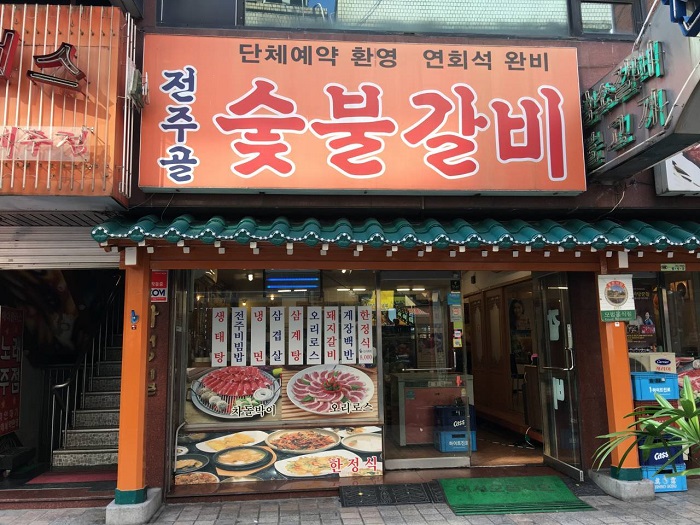
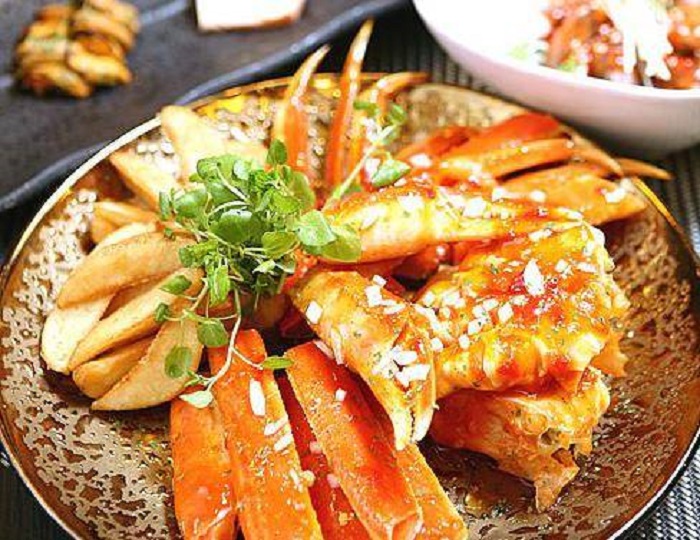
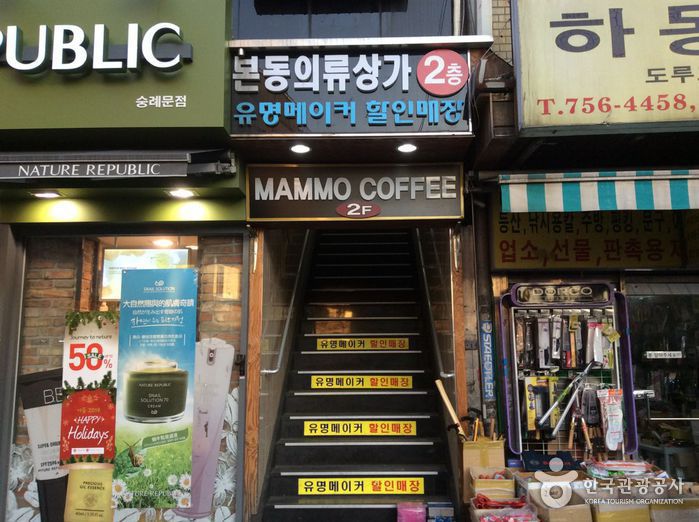
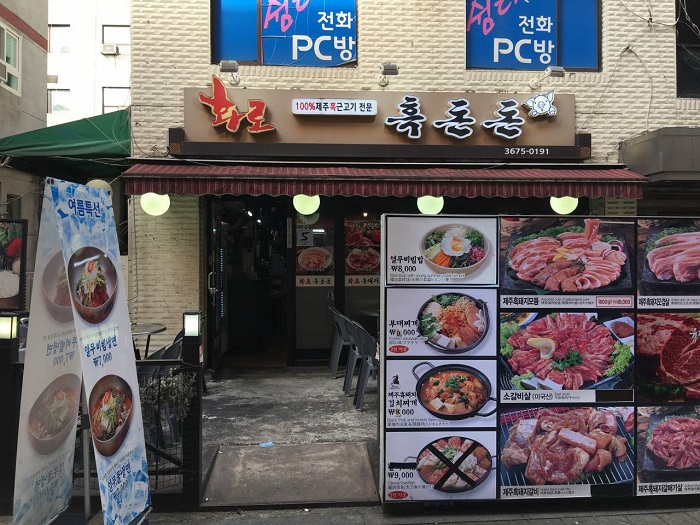
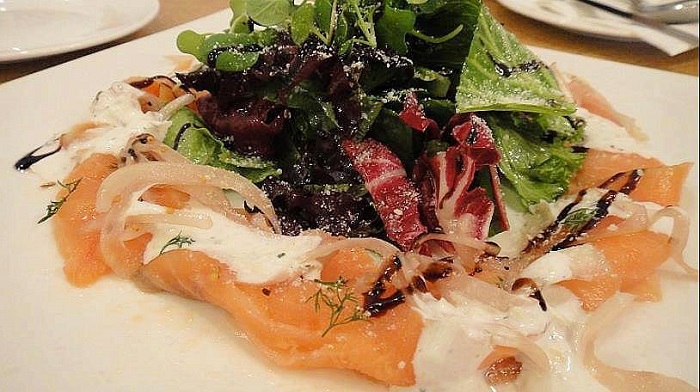

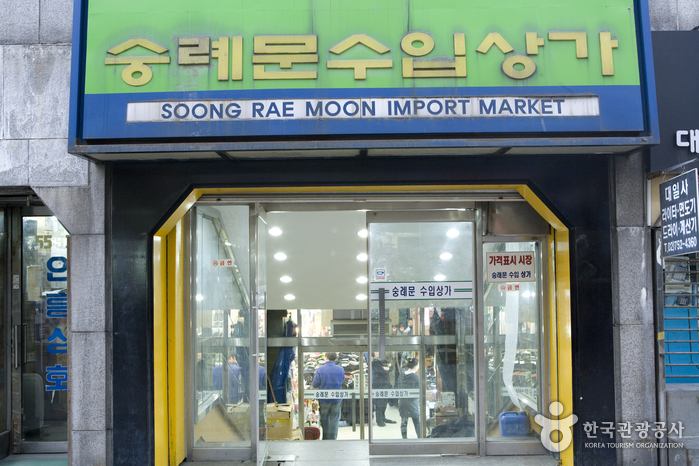
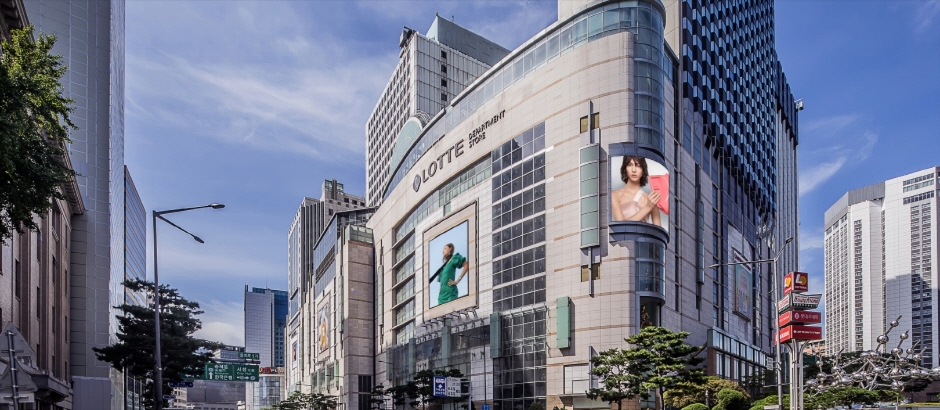
 English
English
 한국어
한국어 日本語
日本語 中文(简体)
中文(简体) Deutsch
Deutsch Français
Français Español
Español Русский
Русский